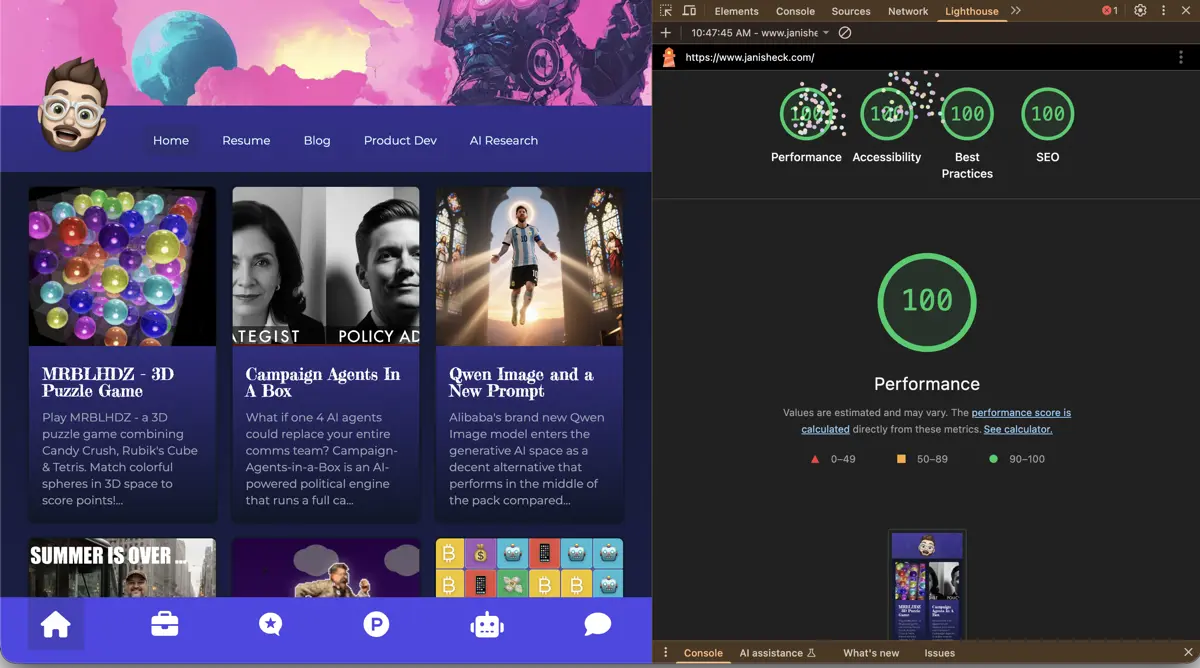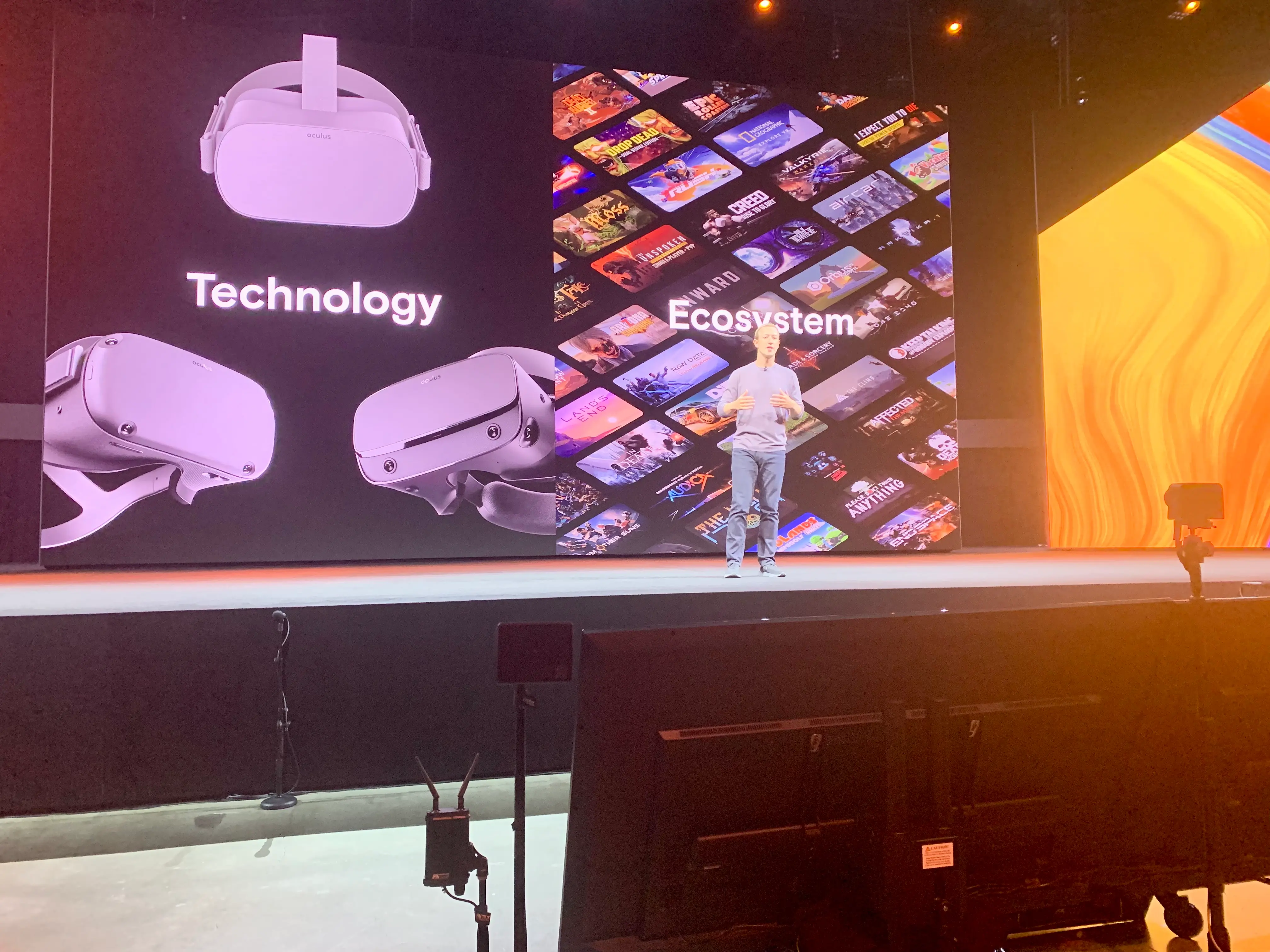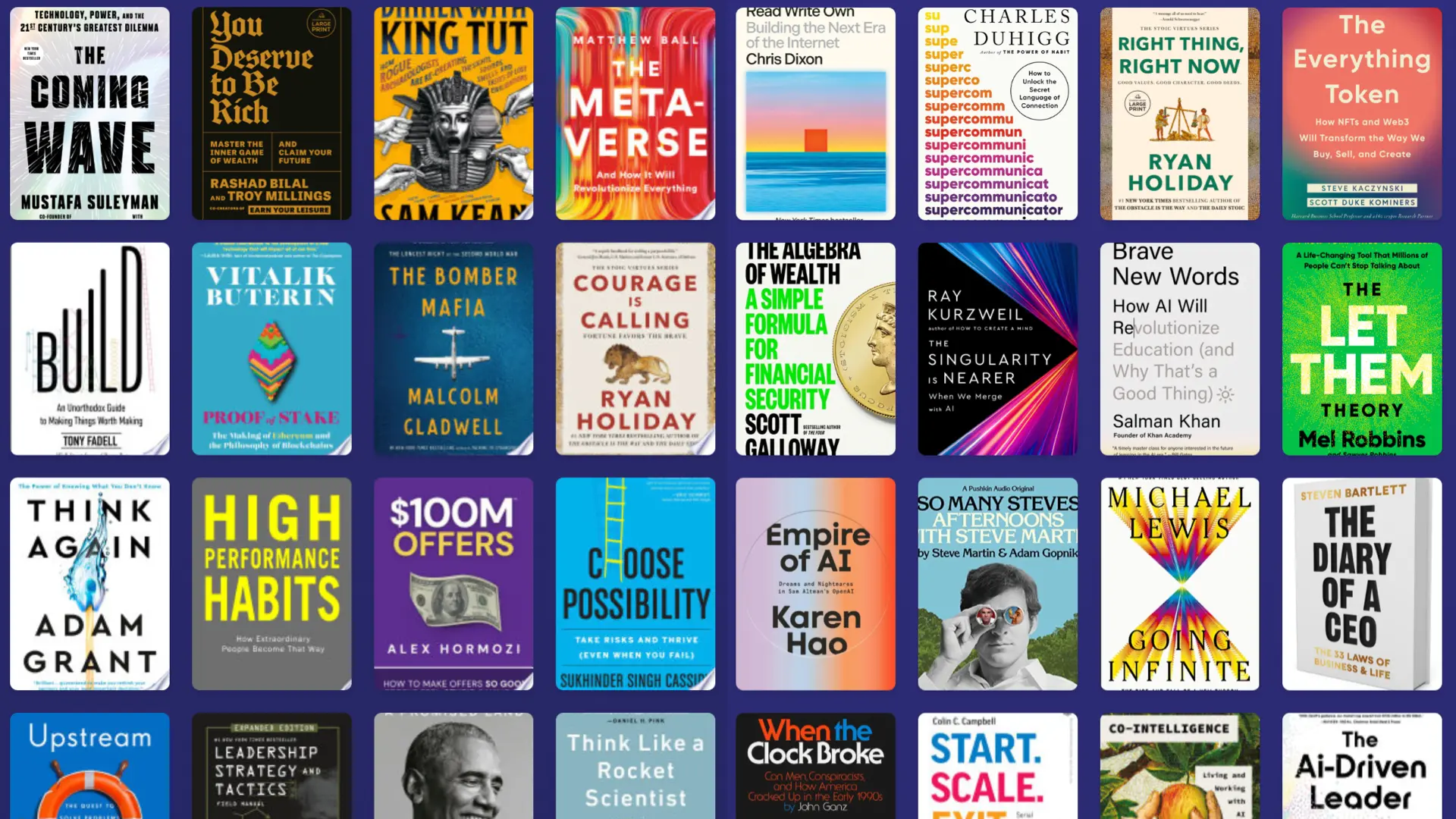Achieving a Perfect Lighthouse Score

Achieving a Perfect Lighthouse Score
SEPTEMBER 13, 2025
100/100/100/100: The Perfect Score
janisheck.com has achieved something rare in modern web development - a perfect Lighthouse score. Not just in one category, but across all four key metrics: Performance, Accessibility, Best Practices, and SEO. This isn't just a vanity metric; it represents the culmination of careful architectural decisions and a commitment to building the web the right way.

The Architecture: Static First, Intelligence Second
The foundation of this achievement lies in a simple architectural philosophy: serve static content first, add intelligence second. Unlike traditional database-driven sites that query data on every request, this site pre-renders all content at build time. This approach eliminates database latency, reduces server load, and ensures lightning-fast page loads.
Here's the architecture:
- Static Site Generation with Next.js: Every page is pre-rendered at build time, served as pure HTML/CSS/JS
- No Database for Content: All blog posts and content live as Markdown files in the repository
- Edge Deployment on Netlify: Content served from global CDN edges, minimizing latency
- WebP Image Optimization: All images converted to WebP format for optimal compression
- Tailwind CSS: Utility-first CSS that compiles to minimal, optimized stylesheets

The Intelligence Layer: MCP and AI Integration
While the site is static, it's far from dumb. The intelligent features are layered on top without sacrificing performance:
Model Context Protocol (MCP) Implementation
The site implements the Model Context Protocol (MCP) to enable AI assistants to query and understand content dynamically. This means AI tools like Claude Desktop can connect directly to the site and access blog posts, understand the site structure, and provide contextual assistance - all without a traditional database.
The MCP server runs as a Netlify Function, providing:
- Dynamic content discovery through resource listing
- Semantic search across all blog posts
- Real-time content access for AI assistants
- JSON-RPC 2.0 compliant interface
AI Chat with RAG (Retrieval-Augmented Generation)
The "Virtual Joey" assistant isn't just a chatbot - it's a full RAG implementation that understands all site content. When you ask a question, it:
- Searches across 25 years of blog posts and professional experience
- Retrieves relevant context using semantic similarity
- Generates responses using GPT-4 with the retrieved context
- Maintains conversation history for contextual discussions
All of this happens server-side through Netlify Functions, keeping the client-side bundle minimal and the API keys secure.
Performance Optimization Strategies
Achieving perfect scores required meticulous attention to detail:
Build-Time Optimization
- Content Compilation: All blog posts are compiled into a single JSONL file at build time
- Static Generation: Every route is pre-rendered, eliminating server-side rendering overhead
- Sitemap Generation: Automated generation of XML sitemaps for SEO
- RSS Feed: Static RSS feed generation for content syndication
Runtime Optimization
- Code Splitting: Next.js automatically splits code by route
- Lazy Loading: Images and components loaded only when needed
- Minimal JavaScript: Static pages require minimal client-side JS
- CDN Caching: Aggressive caching headers for all static assets
The Security Model
Performance without security is meaningless. The architecture ensures:
- Server-Side API Keys: All sensitive keys remain server-side only
- No Client Secrets: Zero API keys or secrets in client-side bundles
- Environment Isolation: Strict separation of public and private configuration
- Edge Functions: API logic runs in isolated Netlify Functions
The Developer Experience
A perfect score shouldn't come at the cost of developer productivity. The setup provides:
- Simple Content Management: Add a Markdown file, push to git, done
- Type Safety: Full TypeScript coverage across the codebase
- Local Development: Firebase emulators and Netlify CLI for local testing
- Automated Builds: Git push triggers build, test, and deploy
Key Takeaways
Achieving perfect Lighthouse scores isn't about following a checklist - it's about making fundamental architectural decisions that prioritize performance from day one:
- Static First: Start with static content, add dynamic features carefully
- Build-Time > Runtime: Do as much work as possible at build time
- Edge Deployment: Serve content from locations closest to users
- Progressive Enhancement: Core content works without JavaScript
- Measure Everything: Regular Lighthouse audits catch regressions early
The Technical Stack
For those interested in the specific technologies:
- Framework: Next.js 14 with App Router
- Language: TypeScript for type safety
- Styling: Tailwind CSS for utility-first styling
- Deployment: Netlify with Edge Functions
- AI Integration: OpenAI GPT-4 API
- Protocol: Model Context Protocol (MCP) v1.11.0
- Content: Markdown files with YAML frontmatter
- Search: Custom weighted scoring algorithm
Conclusion
Perfect Lighthouse scores are achievable without sacrificing functionality or developer experience. By choosing the right architecture - static generation with intelligent overlays - this site proves that modern web applications can be fast, accessible, secure, and smart. The web doesn't have to be slow and bloated; with thoughtful engineering, it's possible to build experiences that delight users and respect their time and bandwidth.




